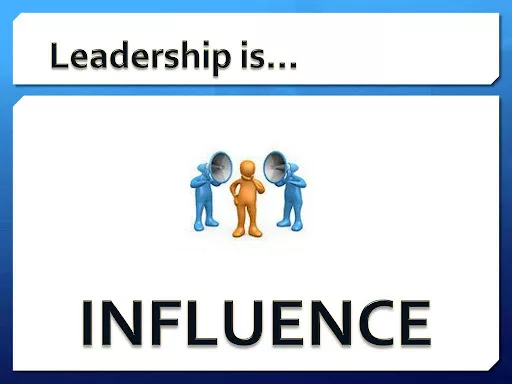Leadership is often thought of as something that is tied to a specific title or position of power within an organisation. However, the ability to influence and lead others does not necessarily require a formal leadership role. In fact, anyone can exercise leadership influence, regardless of their job title or level of authority.
This is particularly important in situations where an individual may not have the formal authority to make decisions or give orders, but still wishes to inspire and guide their peers or subordinates.
This piece is the fourth piece of a 5-part series to kickstart your journey to exceptional leadership in the new year. Stay tuned for practical tips on how to improve your own leadership influence.
Influence And Power Bases
This notion that leadership is the ability to get other people to do the things that you want them to do has beeninformad largely by the seminal research by the study of power conducted by social psychologists John R. P. French and Bertram Raven in 1959. According to French & Raven’s research, power is divided into five separate and distinct forms. They identified five bases of power as coercive, reward, legitimate, referent, and expert.
In order to lead without formal authority, leaders at work (or influencers in other situations) rely on different forms of power.
Real-World Illustration
Perhaps you’ve seen examples of in a team member who is not a manager but takes on a leadership role within their team. This team member may not have the official title or authority of a leader, but they are able to inspire and guide their colleagues through their strong work ethic, positive attitude, and ability to communicate effectively.
This team member recognises that they have the power to influence their team’s performance and culture, and they take this responsibility seriously. They actively listen to their colleagues and offer support and guidance when needed. They also take the initiative to find solutions to problems and motivate their team to reach their goals.
As a result of this team member’s leadership influence, their team becomes more productive and cohesive. They are able to accomplish more as a unit and create a positive work environment that fosters growth and success.
Key Lessons:
So, how can you internalise the theme of leadership influence and begin exercising it in your own life, even if you do not have a formal leadership role? Here are some key lessons to consider:
Recognise the power of your actions and words: Your actions and words have an impact on those around you, whether you are a ‘leader’ or not. By being mindful of this, you can choose to use your influence in a positive way that inspires and motivates others.
Focus on your strengths: What are you naturally good at? What skills or traits do you have that can be valuable to your team or organisation? By focusing on your strengths and using them to add value, you can become a valuable member of your team and a respected leader, even without a formal leadership title.
Communicate effectively: Good communication is key to effective leadership. By learning how to effectively listen and share your thoughts and ideas with others, you can establish yourself as a leader and build trust with your team.
Take initiative: Leaders are often those who take the initiative to solve problems and create change. Even if you are not a formal leader, you can still take charge and find solutions to challenges that arise in your team or organisation.
As you step into 2023, ask yourself the following questions to aspire to increase your leadership influence:
How have you exercised leadership influence in your own life, even if you do not have a formal leadership role?
What are your natural strengths that you can use to add value to your team or organisation?
In what ways can you improve your communication skills to become a more effective leader?
How can you take initiative and solve problems within your team or organization, even if you do not have the official authority to do so?
You can make this year your most influencial year ever, by following these and many simple tips for leading with executive confidence.





